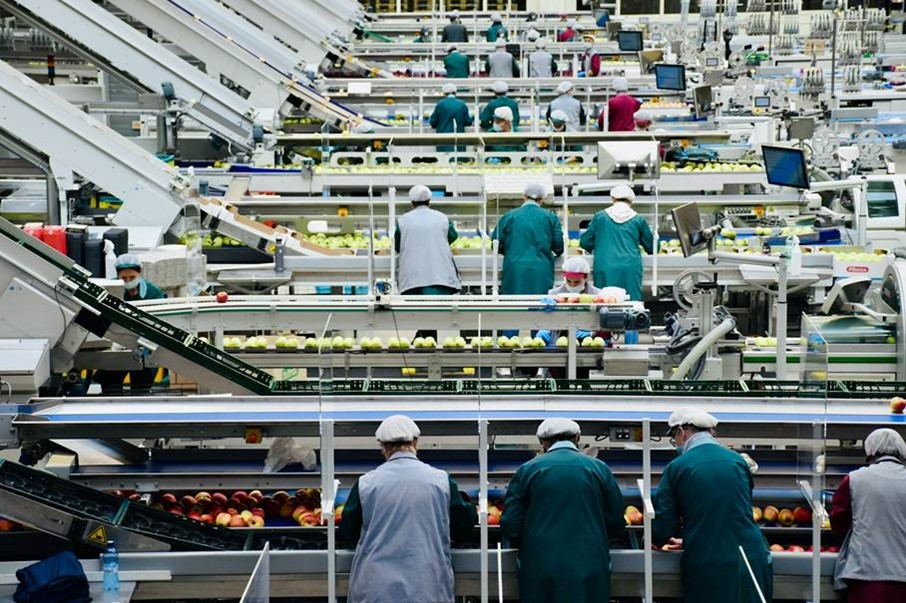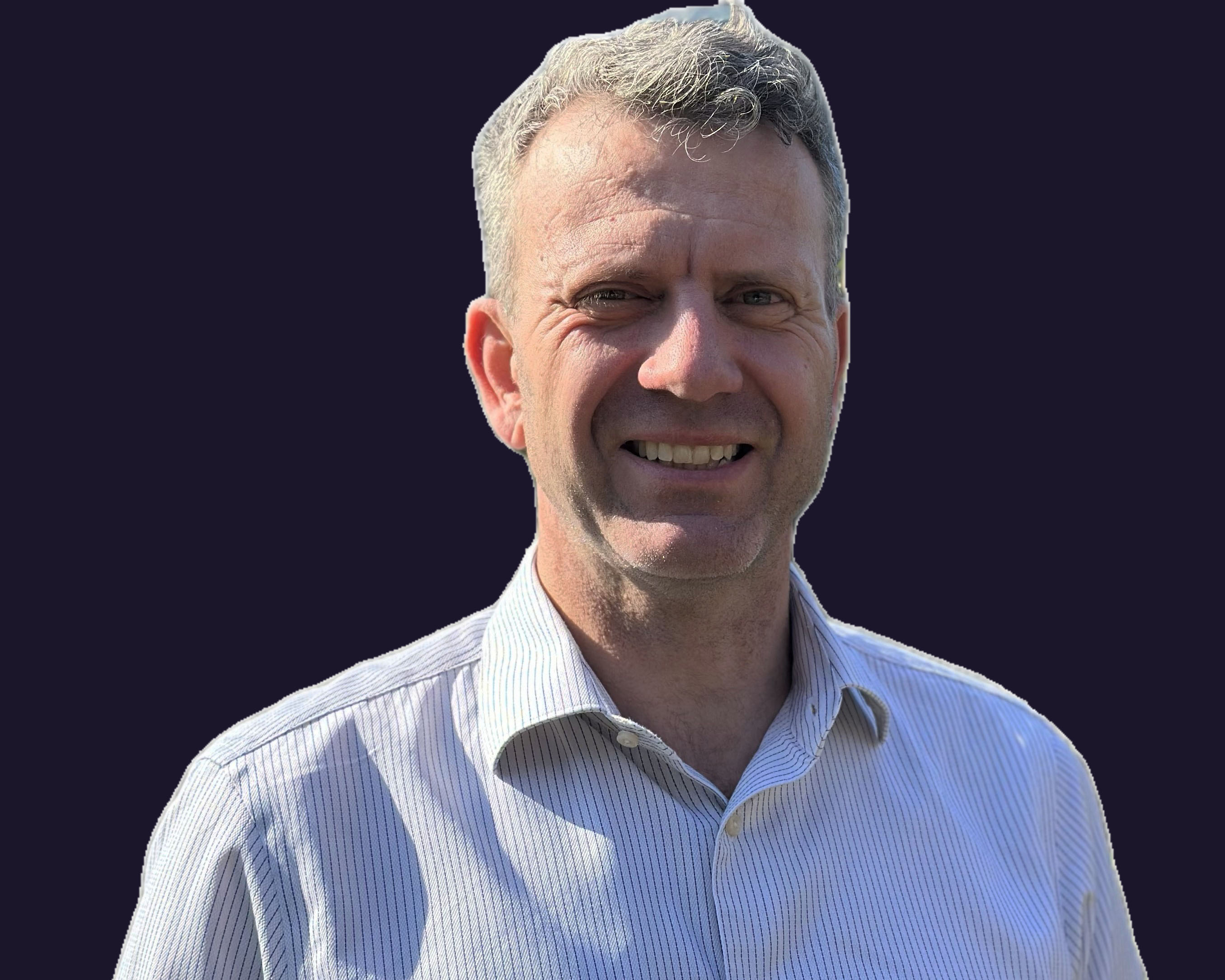People, Rhythm and Collaboration
Optimising the Factory – Rediscovered Collaboration
Rutger Mans
30-05-2025
3 min leestijd
At the heart of every successful transformation lies a paradox: you can enhance systems, replace machines, and standardise processes — but if people do not evolve alongside, nothing truly changes.

That is why we do not blindly rely on technology or structure. Instead, we examine four interconnected workstreams: people, systems, machines, and steering. We continuously explore the interplay between these elements. It is in these in-between spaces — where humans and machines meet — that the success or failure of mechanisation reveals itself.
By placing the human factor at the centre of broader transformation efforts, we optimise not only how the factory is currently set up, but also acknowledge that any other improvement — whether it involves a machine, IT system, or structural change — demands a shift in human behaviour. This integrated approach has led to a remarkable 40% increase in productivity within six months.
A Factory Is Not a Machine — It’s a Team
The insights surrounding the human factor are fundamental. Those who believe a factory runs solely on machines miss the point. It is people who bring the factory to life — not only as individuals but as a collective. Just as a football team learns to anticipate, adapt, and move the ball forward, stable teams on the production line grow into well-oiled units.
Where stable teams emerge, so does rhythm and speed. Teams that learn to work seamlessly together perform better: fewer errors, more rhythm, more satisfaction. Work becomes less anonymous, and responsibility is shared more naturally.
Knowledge as a Collective Memory
But this strength does not emerge on its own. In organisations where training is informal or inconsistent, and employee turnover is high, knowledge evaporates instead of being transferred. Variation creeps in as the shadow side of autonomy. Training, therefore, is critical — not as a formal module, but as a living process: a transfer of experience, conviction, and meaning.
That’s why we invest not only in standards but especially in repeated transfer and shared understanding. So that what works, continues to work — regardless of who is performing the task.
Daily Start-ups as a Guiding Ritual
In our approach, leadership takes on a new form. Not just for management or project leads, but right where the work begins — on the shop floor. The daily start-up serves as a compass: a place where reflection and anticipation meet. What’s going well? What are we learning? What can improve today?
Within these daily rituals, leadership reveals its purest form: listening, acknowledging, setting direction. No grand statements, just clear habits. This is where ownership emerges. This is where culture becomes tangible.
Listening as a Tool for System Improvement
Improvement does not happen in meeting rooms, but on the factory floor. Multiple times a day, we are present where the work happens. And where employees feel heard, ideas begin to flow. Not incidentally, but structurally. Ideas for improvement, when combined with technical and organisational adjustments, lead to real, measurable results.
Behaviour as a Collective Agreement
To anchor these principles, we co-develop behavioural agreements with the entire management team — from operations to support functions. Not as a superficial culture programme, but as a functional foundation for collaboration. These behavioural agreements address customer focus, collaboration, analytical capability, leadership, and guidance. For example:
- I proactively communicate if a commitment cannot be met — with reasoning.
- I actively ensure consistent practices within my department.
- I am direct and respectful — sharp on content, soft on people.
- I express appreciation, with awareness of the broader chain.
- I make decisions based on facts and substantiated reasoning.
Such agreements form the beating heart of a culture where collaboration is not a coincidence, but a deliberate choice.
Cohesion as a Guiding Principle
In an integrated change process involving multiple workstreams, none can function in isolation. Machines may be flawless, systems robust, and management tight — but if people lack rhythm and control, the system stalls. Conversely, strong teams unsupported by responsive systems or clear guidance will eventually falter.
That’s why we continually work on connecting these four streams. Not to avoid complexity, but to understand and shape it.
The result? A productivity boost of over 40%. No magic trick — just listening, learning, implementing, and persisting.
Final Reflection
Mechanisation is not the goal — it is a litmus test. What remains when everything is automated? Humanity. Collaboration. Leadership on the floor.
Those who can weave these layers together are not just building productivity — they are shaping a resilient culture. A company capable of learning, listening, and performing — right where it matters most.
Rutger Mans
Rutger Mans creates business value by transforming operations and organizations. With over 25 years of hands-on leadership experience across various industries and deep expertise in operations and transformation consulting, he not only advises but ensures that real change happens. His strategic insights and leadership guidance help entrepreneurs turn challenges into lasting competitive advantages
View the complete profile of Rutger Mans 
